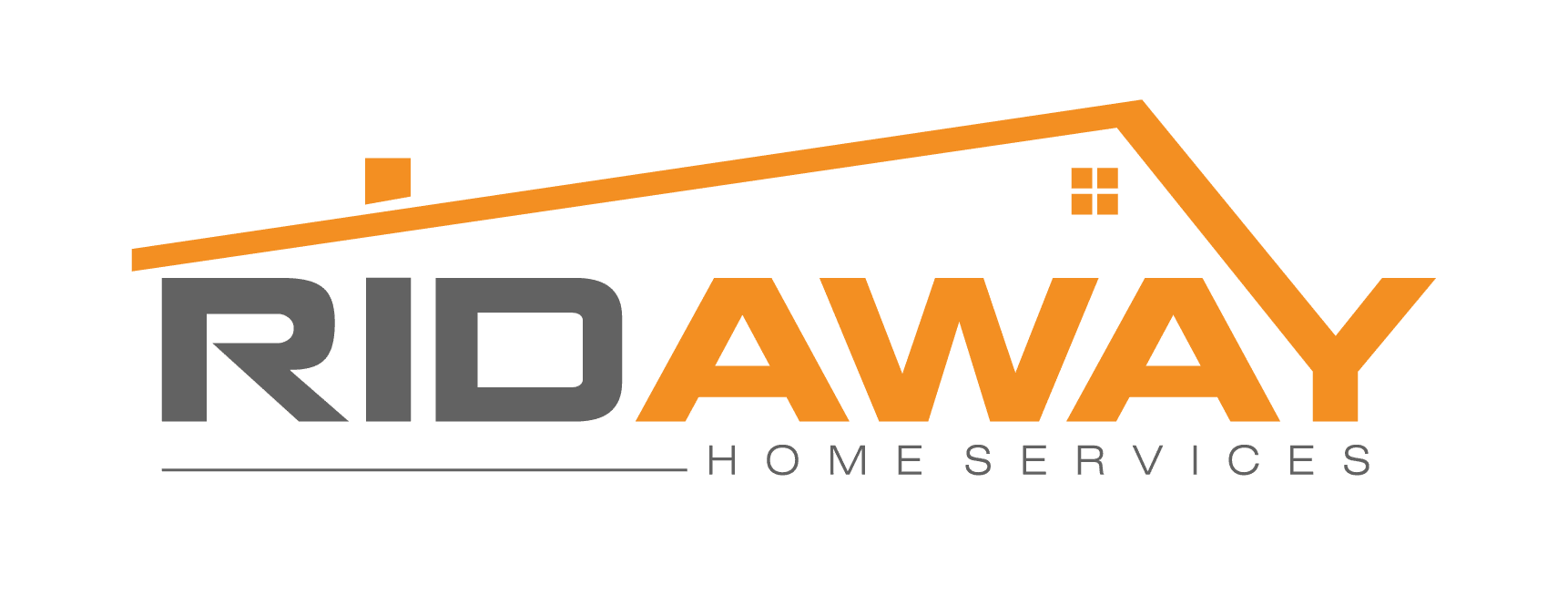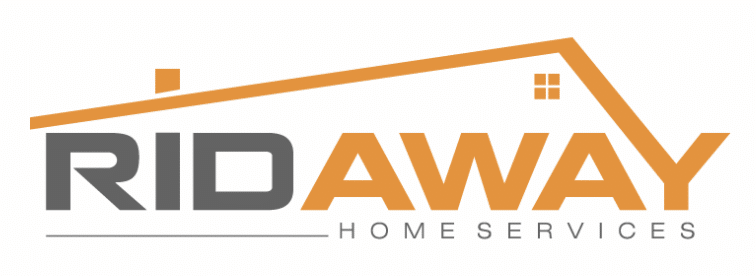MOLD as a Problem
Mold spores are very contagious and are impossible to eliminate.
The underside of drywall, spaces within walls, near leaking or condensing pipes, and above-ceiling tiles are just a few examples of places where mold can grow. It can also grow on carpet, clothing, food, paper, and even in areas that are difficult to notice.
Mold can create allergens, irritants, and, very rarely, poisons that could harm your health and are difficult to remove.
What can you do if mold is a concern in your home?
The ideal strategy is to stop mold before a problem arises. Controlling moisture is the one of the easiest solutions to mold prevention.
Here are a few strategies for reducing indoor dampness;
-
Determine the Problem Areas in Your House and Fix Them
You can make your house mold-resistant but not mold-proof. First, initiate a house inspection to identify any trouble spots. Does the basement flood? Do you frequently see moisture on a window upstairs? Is there a stain on the ceiling from a leak that is constantly happening?
It may be as simple as ripping the carpet in a wet basement, installing mold-resistant products, or replacing broken gutters to prevent mold from growing or spreading. Or, it might require significant excavation and waterproofing. Whatever the cause may be, take action right now.
-
Dry Wet Areas Right Away
Dry out wet areas as soon as possible because mold can grow in moisture. Within 24 to 48 hours, any spill on the carpet, collection in leaky pipe, or seepage into the basement following a severe downpour should be dry. If it can’t save after a flood, remove any furniture, mattress, or carpets that have water damage.
After a shower, dry the walls and floor and avoid leaving moist items around the house. Even mundane tasks take attention. For example, avoid putting wet garments in the washer since mold can overgrow. If at all feasible, hang them to dry outside or in airy spaces.
-
Proper Ventilation Can Prevent Moisture
This is one of effective ways to deal with mold. The mundane tasks you perform around the house may promote mold development. Ensuring adequate ventilation in your bathroom, kitchen, laundry room, and another high-moisture location prevents mold from being attracted even by routine activities like preparing supper, shower, or laundry. Dryers and stoves that produce moisture should be vented outside.
Use dehumidifiers and air conditioners but check them occasionally and clean them as the manufacturer instructs to ensure they don’t create moisture on their own. Open your windows if you are using the exhaust fan, cooking, cleaning the dishes, or having a shower, because dampness may be trapped inside your home.
- Track indoor humidity levels
The EPA recommended keeping indoor humidity levels between 30 and 60%.. Using a moisture meter, which you can get at your nearest hardware store, can gauge humidity.
Concentrating on potential trouble places could also find high moisture levels in your house. For instance, moisture on walls, pipes, and windows is a red flag for high humidity. If you notice any wetness, quickly dry the area and solve the issue.
-
Increase Your Home’s Airflow
The EPA believes that as temperature decreases, the percentage of moisture that the air can contain drops. That extra dampness may accumulate on your walls, windows, and floors without sufficient circulation.
Open closet doors that may be colder than the rooms they are in, begin moving furniture away from walls, and open doors between rooms to increase airflow. Let fresh air in to minimize moisture and keep mold at bay.
Always Check
Despite your best efforts to prevent it, mold may still be present. Unfortunately, some aspects of your home are out of sight or out of reach. For example, if there is a small leak in your house’s wall, you can only find out once it is too late if you have a mold infestation.
Reach out to us if you’re ready to give up the mold and lead healthier lives. We’ll offer you a no-cost consultation and assist you with your mold problem.

